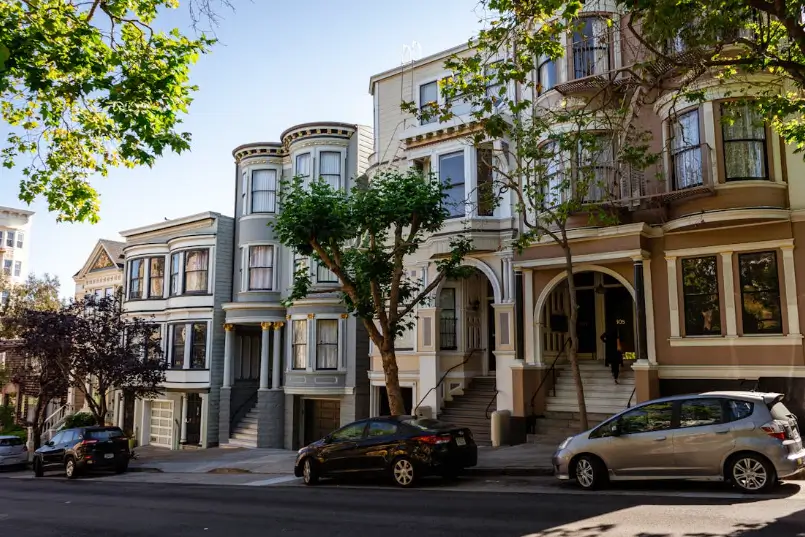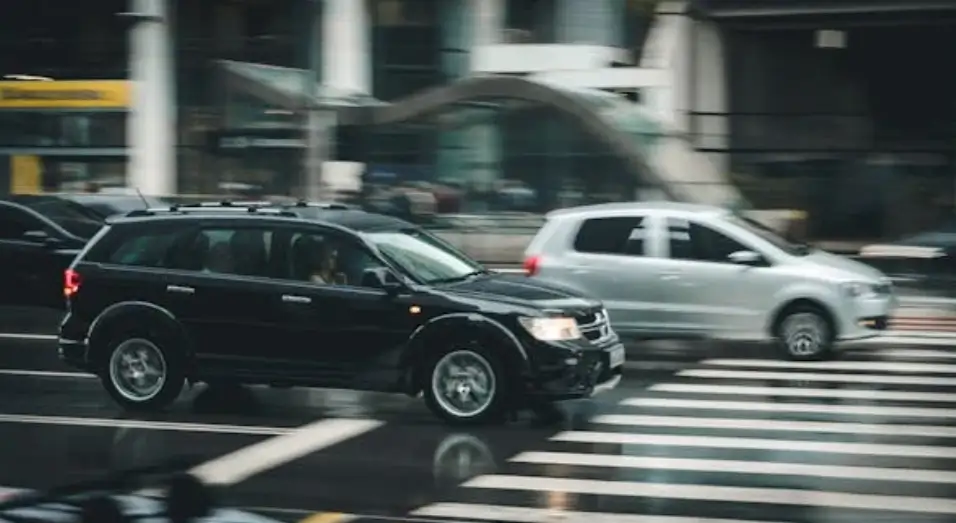Zoning has shaped how cities grow for over a century, but cities existed long before the first zoning code ever got written.
So what did urban life look like before zoning? And how did people build and live without it?
Cities Before Zoning:
In the pre-zoning era, cities grew more organically. Uses were mixed by necessity, not design, it wasn’t unusual to see housing above shops, corner bakeries next to homes, and tradesmen working out of backyard workshops. People walked to work, kids played in alleys, and the city unfolded in layers of activity. It wasn’t always tidy, but it was alive.
BUILT-IN FLEXIBILITY
Before zoning codes strictly separated uses, neighborhoods were inherently adaptable. A home could become a shop. A shop could convert back into a home. The idea of use mixing wasn’t radical, it was normal.
WHY ZONING STARTED
Modern zoning took root in the early 1900s to address real challenges: unsafe industrial uses next to homes, fire hazards, poor sanitation, and overbuilding. But it also reflected social and political biases, including efforts to segregate people by race and class without saying so directly.
WHAT WE LOST
In many ways, zoning brought order. But it also brought rigidity. It made cities less flexible, less walkable, and often less inclusive. That pre-zoning mix of uses? Today, it would require a dozen hearings, variances, and legal consultants to recreate.
WHY THIS MATTERS NOW
As cities revisit outdated zoning codes, there’s growing interest in returning to some of those pre-zoning principles: walkability, mixed uses, small-scale development, and more adaptable neighborhoods.
Before zoning, cities were messier, but they were also more connected, more intuitive, and more human. Let’s learn from that.
%20(1200%20x%20237%20px)%20(300%20x%2059%20px).webp)





